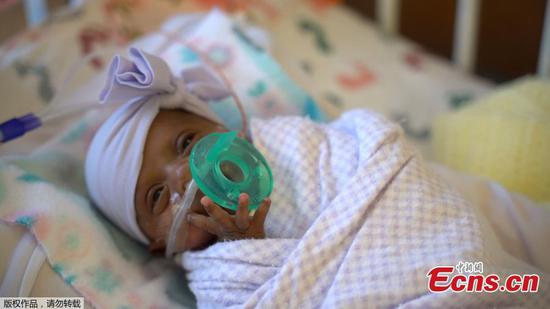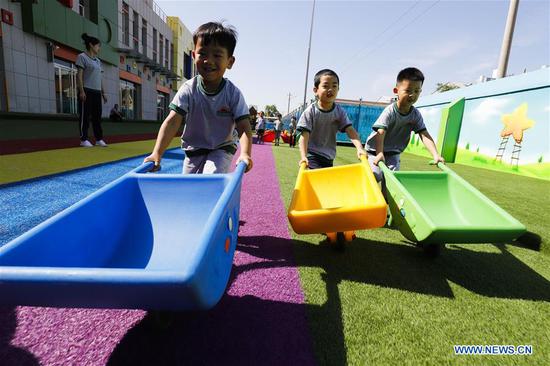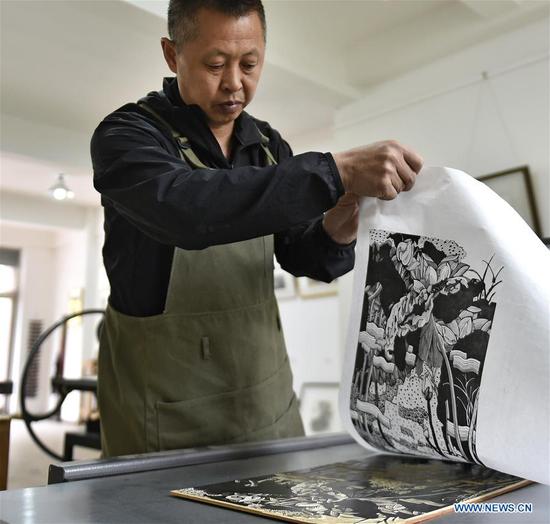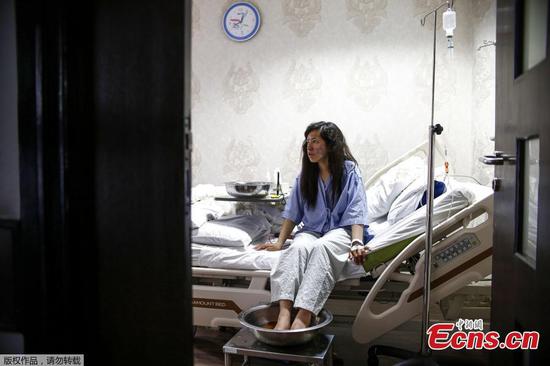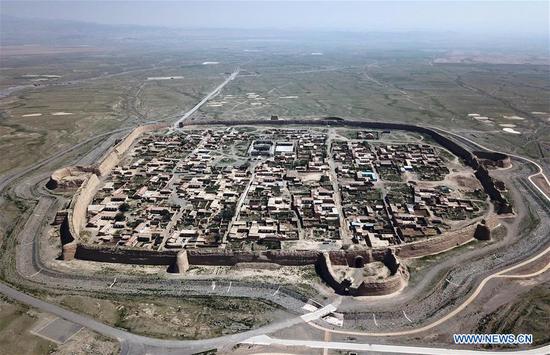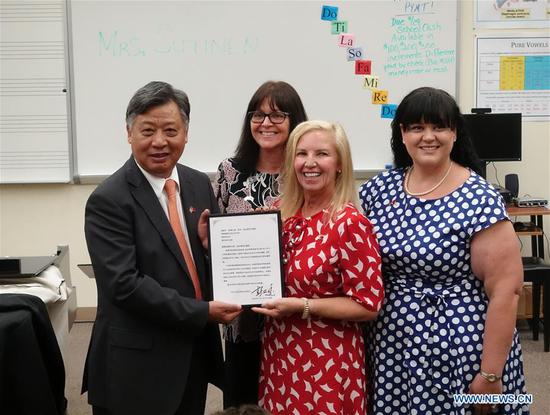
Visitors learn about loan policies for small and micro companies during an exhibition in Beijing. (Photo by Chen Xiaogen/For China Daily)
PBOC hints at interest rate reform and shift to market-based lending rates
The People's Bank of China, the central bank, stressed on Thursday that the government will ensure that small and micro businesses have adequate access to credit.
Speaking at an event in Beijing, Yi Gang, the PBOC governor, said that State-owned commercial banks will be urged to increase lending to small and micro companies by 30 percent this year and the average cost of financing would come down by 1 percentage point.
The target has already been ensconced in the government's annual work report, which was released in March. It means that loans for smaller businesses from the country's six largest commercial banks will reach almost 3 trillion yuan ($434 billion) by the end of this year.
At the same time, China will continually push forward interest rate reform and let the market decide loan prices. The central bank is also planning to do away with benchmark lending rates in the future, he said.
"The existing benchmark deposit and lending rates are at a proper level," he said, suggesting that the interest rate reform should focus on reducing financing costs for small companies.
China is aligning its money issuance pace and the expansion rate of aggregate financing with the nominal GDP growth rate, according to Sun Guofeng, director of the PBOC's monetary policy department.
From his point of view, if the financing growth is faster than the GDP rate, the monetary policy could be identified as "loose," which will boost new debt and increase financial risks.
China has adopted a "prudent" monetary policy to maintain economic growth as well as keep prices stable, said Sun.
But with China shifting to high-quality growth, rather than the speed-driven model, "only a relatively slower growth of money supply is necessary to keep the economy within a reasonable range," said Sun.
In light of the external challenges, the central bank still has ample room in adjusting the monetary policy, the official reiterated, and the PBOC has plenty of choices in its policy toolkit.
The central bank data showed, by the end of April, the broad money supply, or M2, increased by 8.5 percent from a year earlier, slower than the 8.6 percent recorded in the first three months. Growth in new yuan loans also slowed in April.
Compared with the monetary policy, fiscal policy should play a more important role in the coming months to stabilize economic growth, especially when the external uncertainties are increasing, said Robin Xing, Morgan Stanley's chief economist in China.
"The monetary policy will assist and cooperate with the fiscal policy, as the policymakers will neither ease the regulatory policies, nor change the existing regulatory framework. They are unlikely to sacrifice financial stability for maintaining growth," he said.
Some smaller commercial banks are under pressure to replenish capital, as the government has asked them to issue more loans to private and small businesses, even as their nonperforming loans have increased amid weaker growth.
The PBOC officials said that more perpetual bonds will be issued by commercial banks, to raise capital and strengthen the cushion against potential risks.















